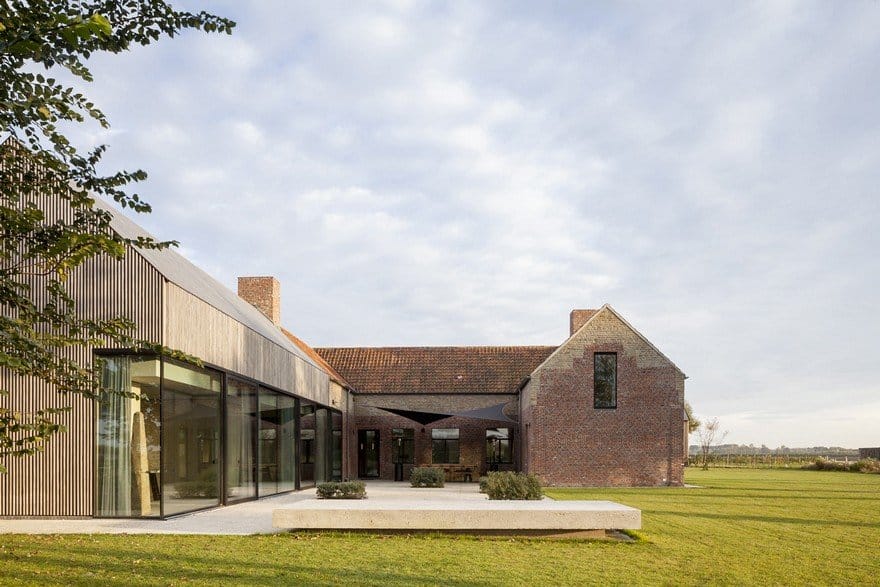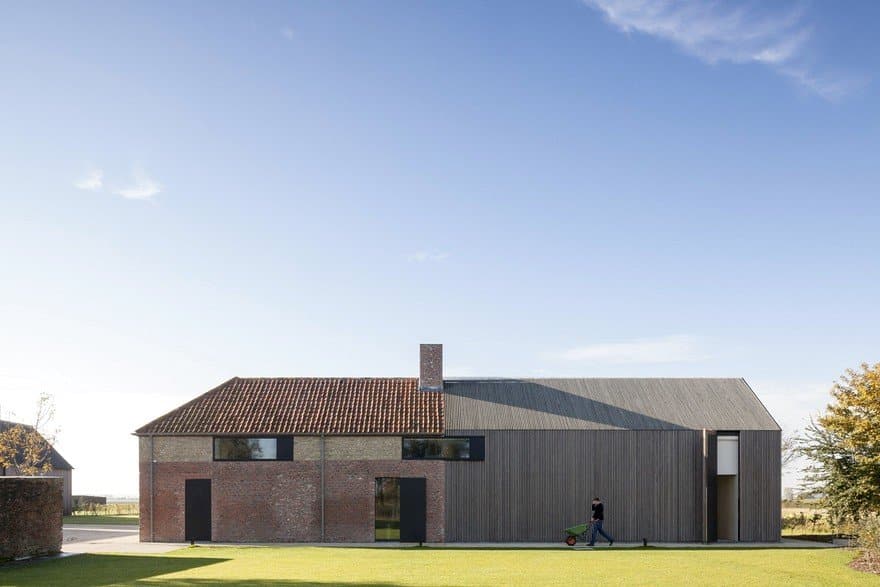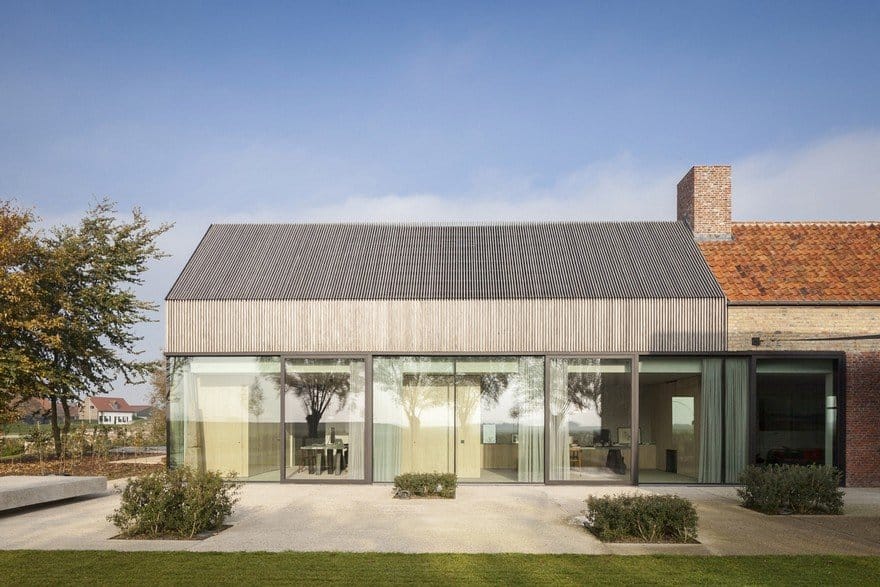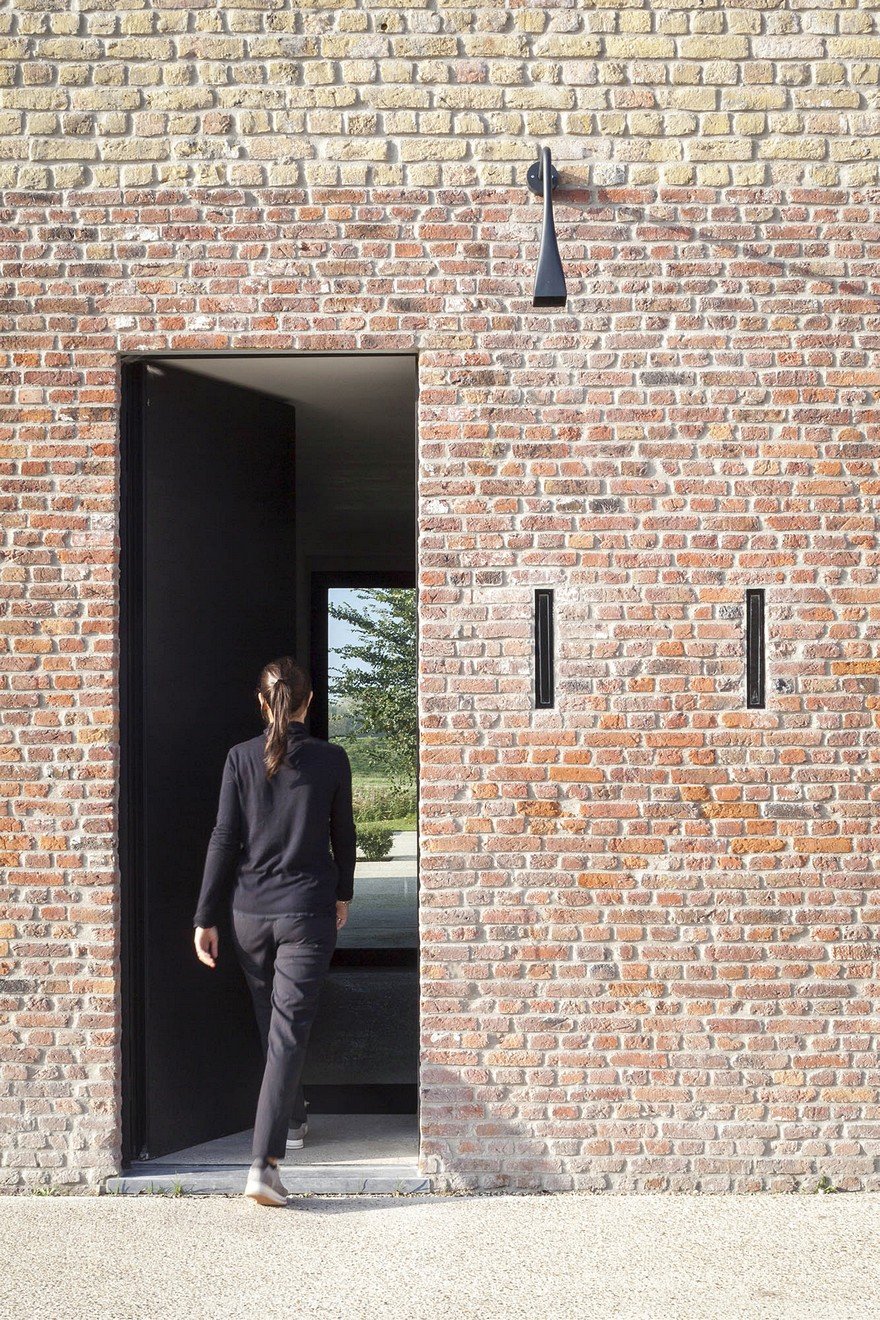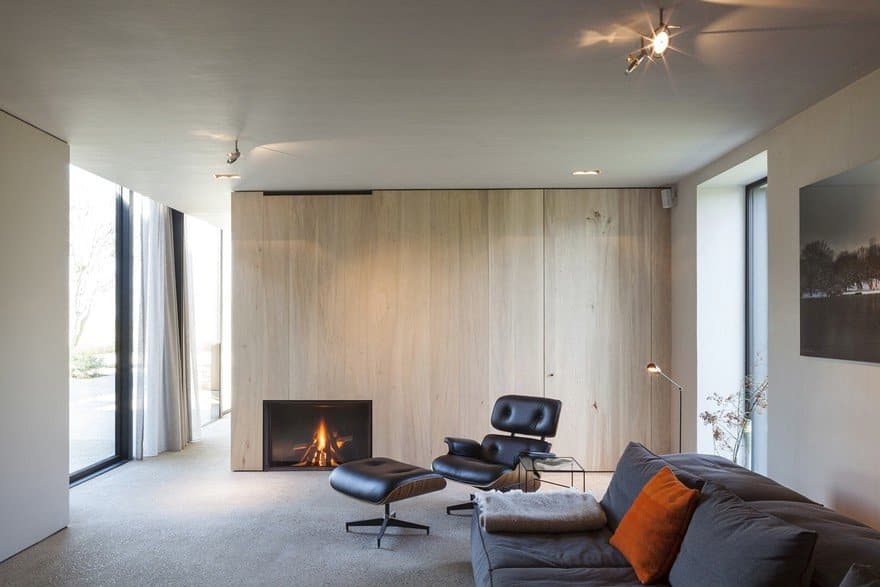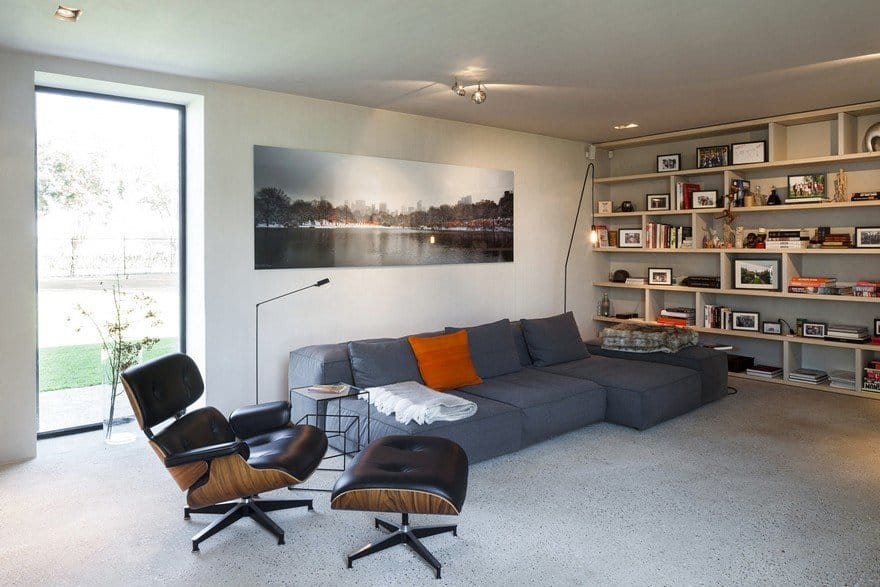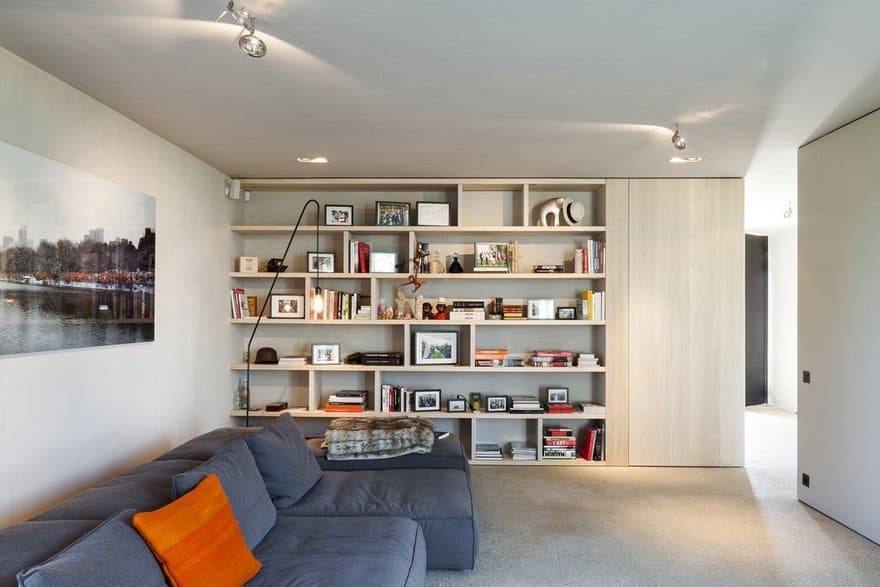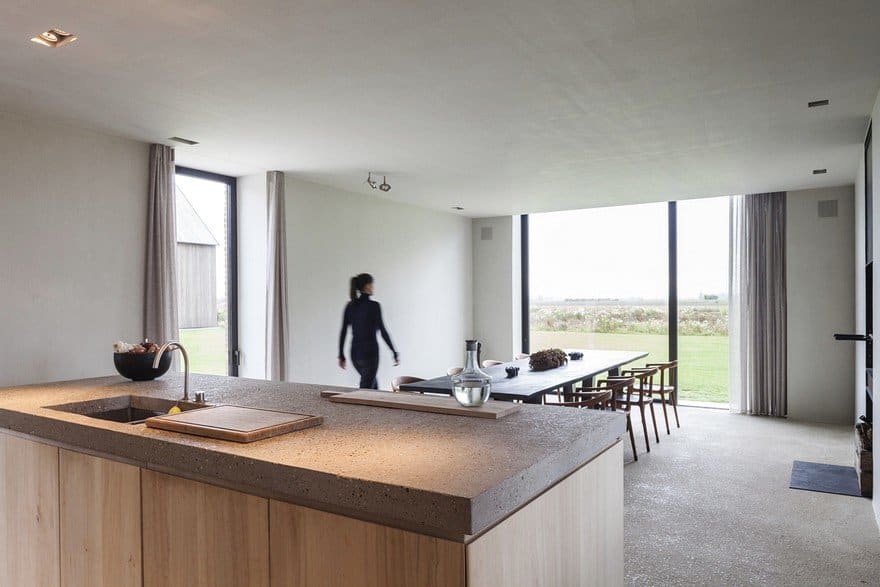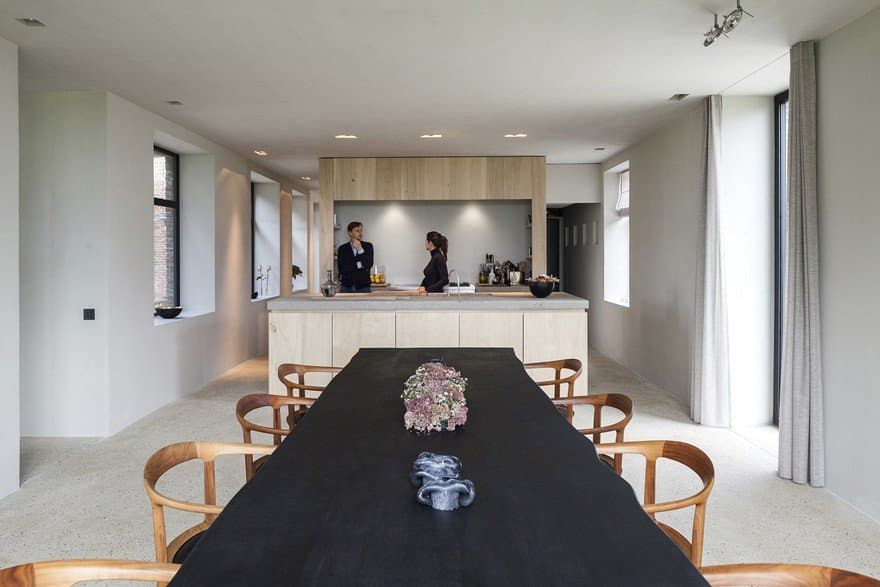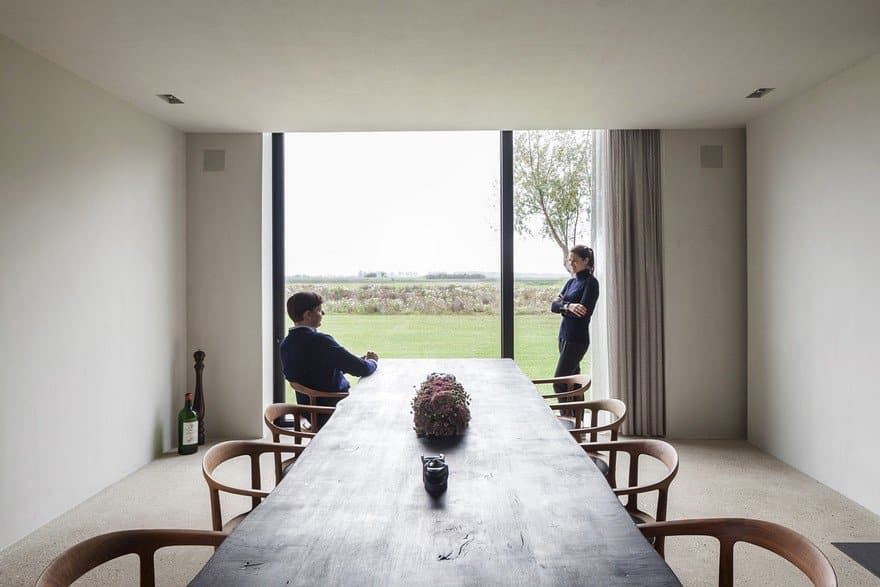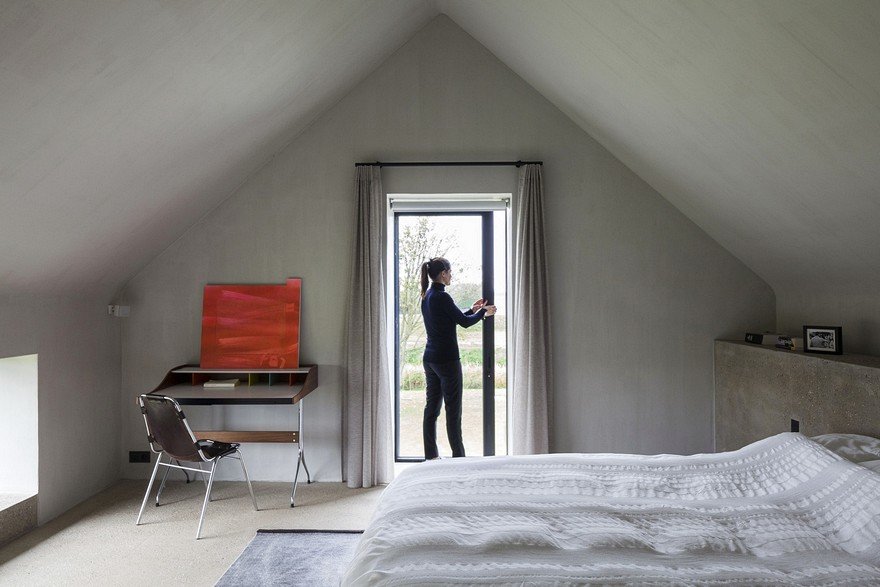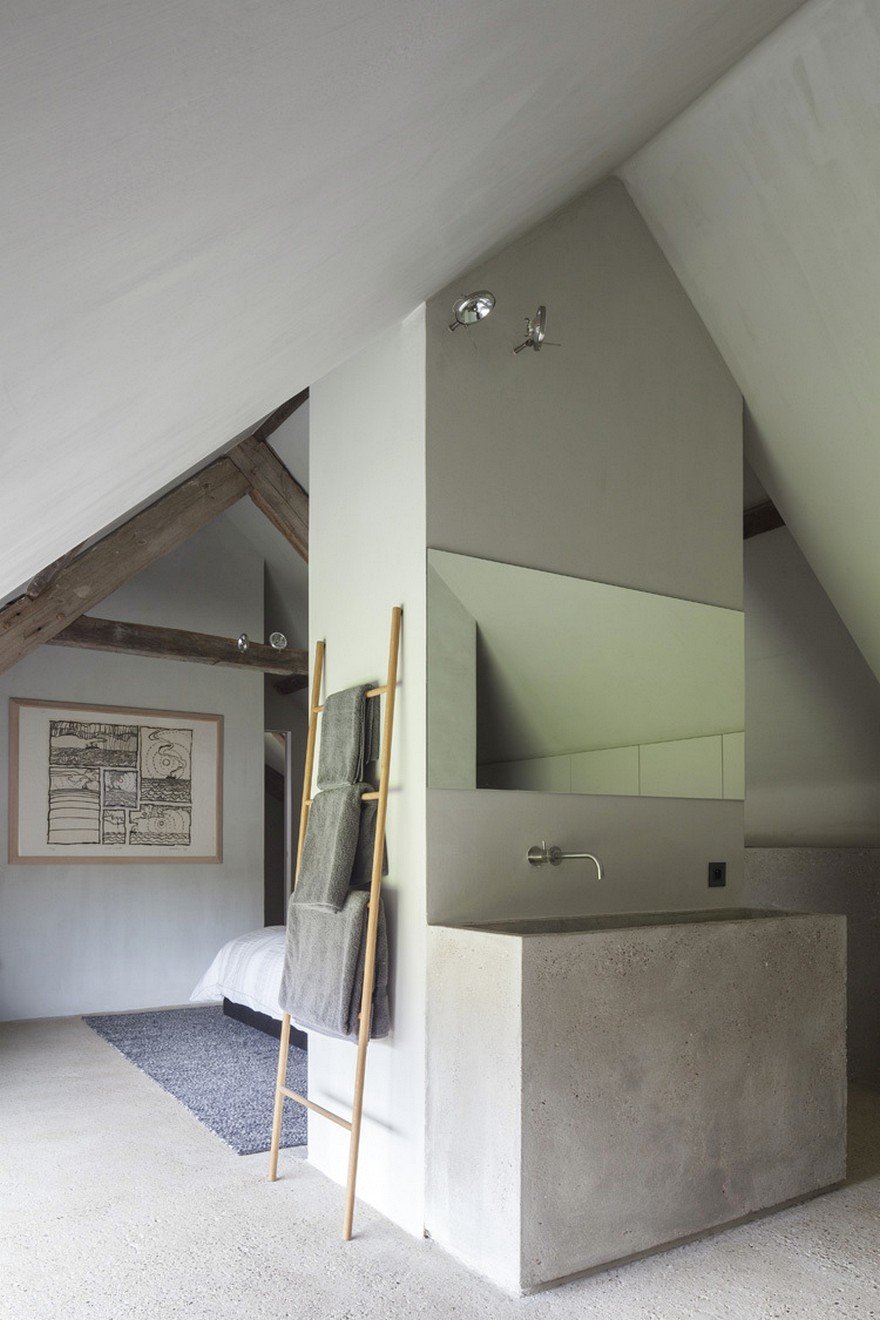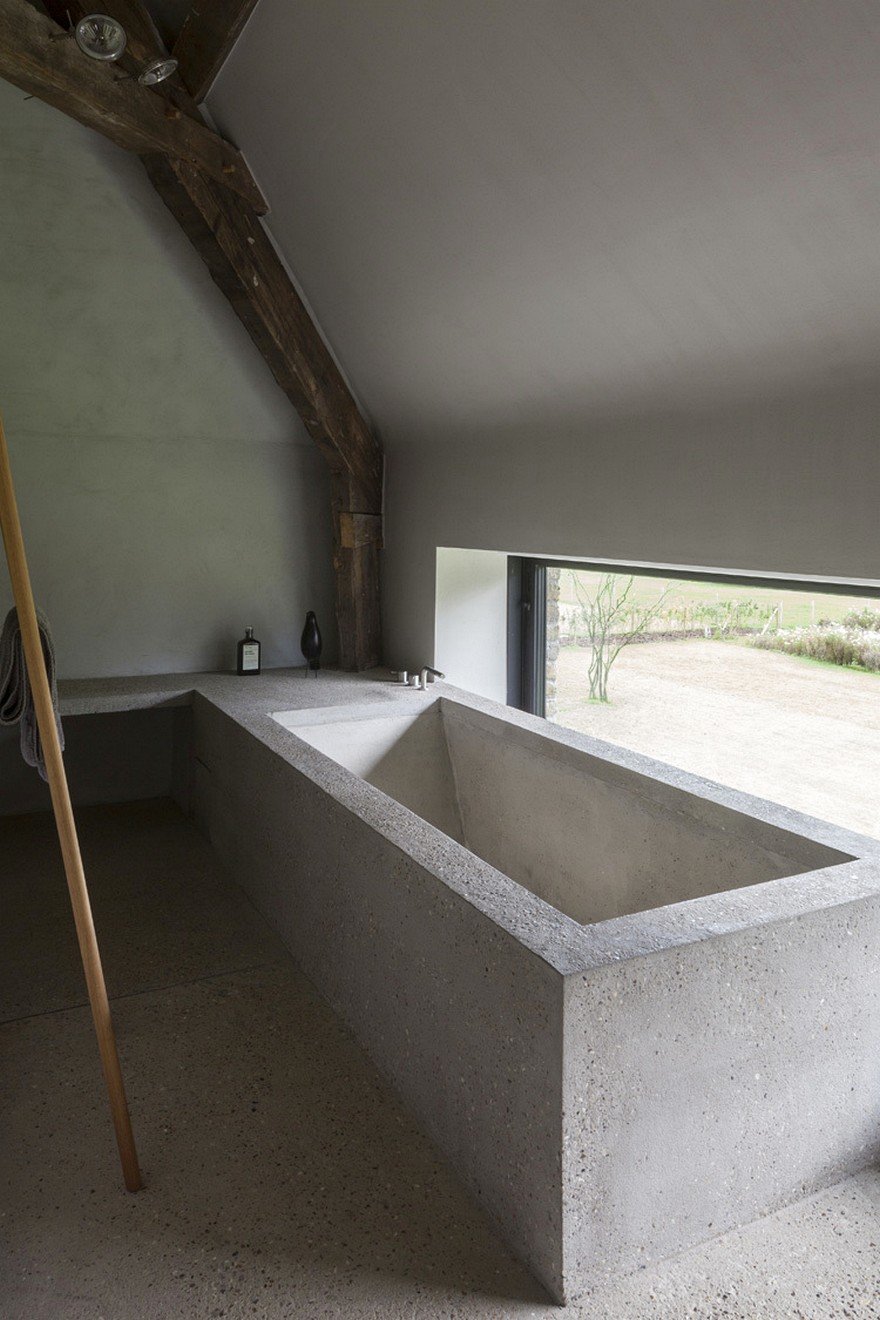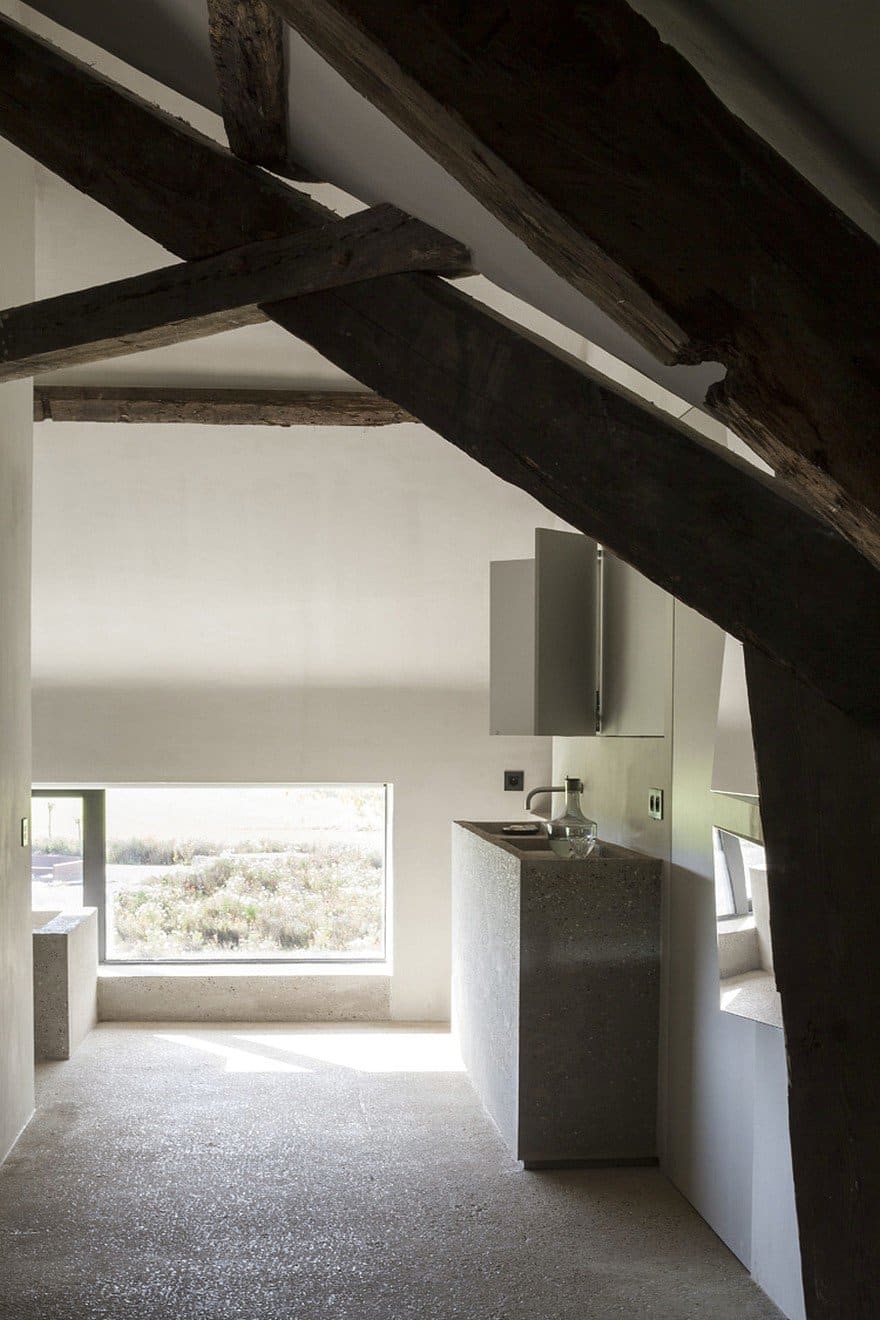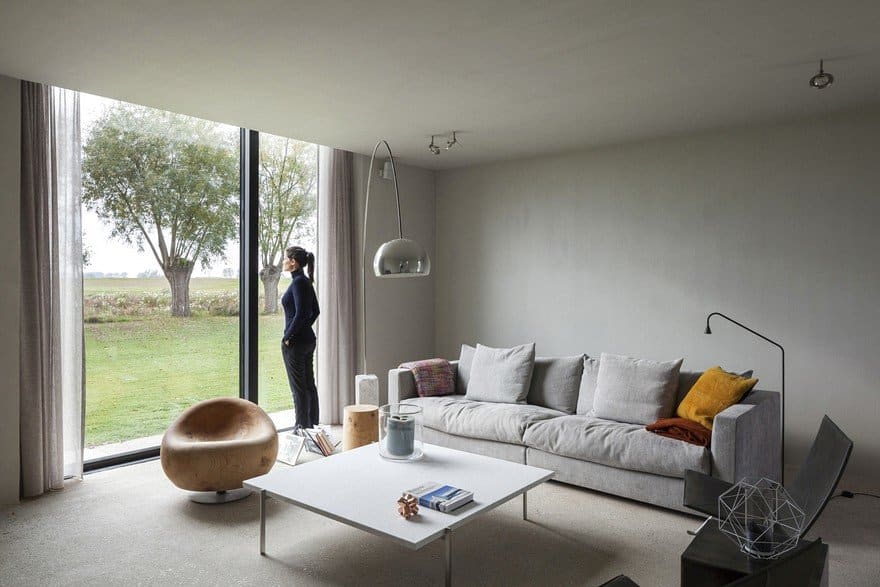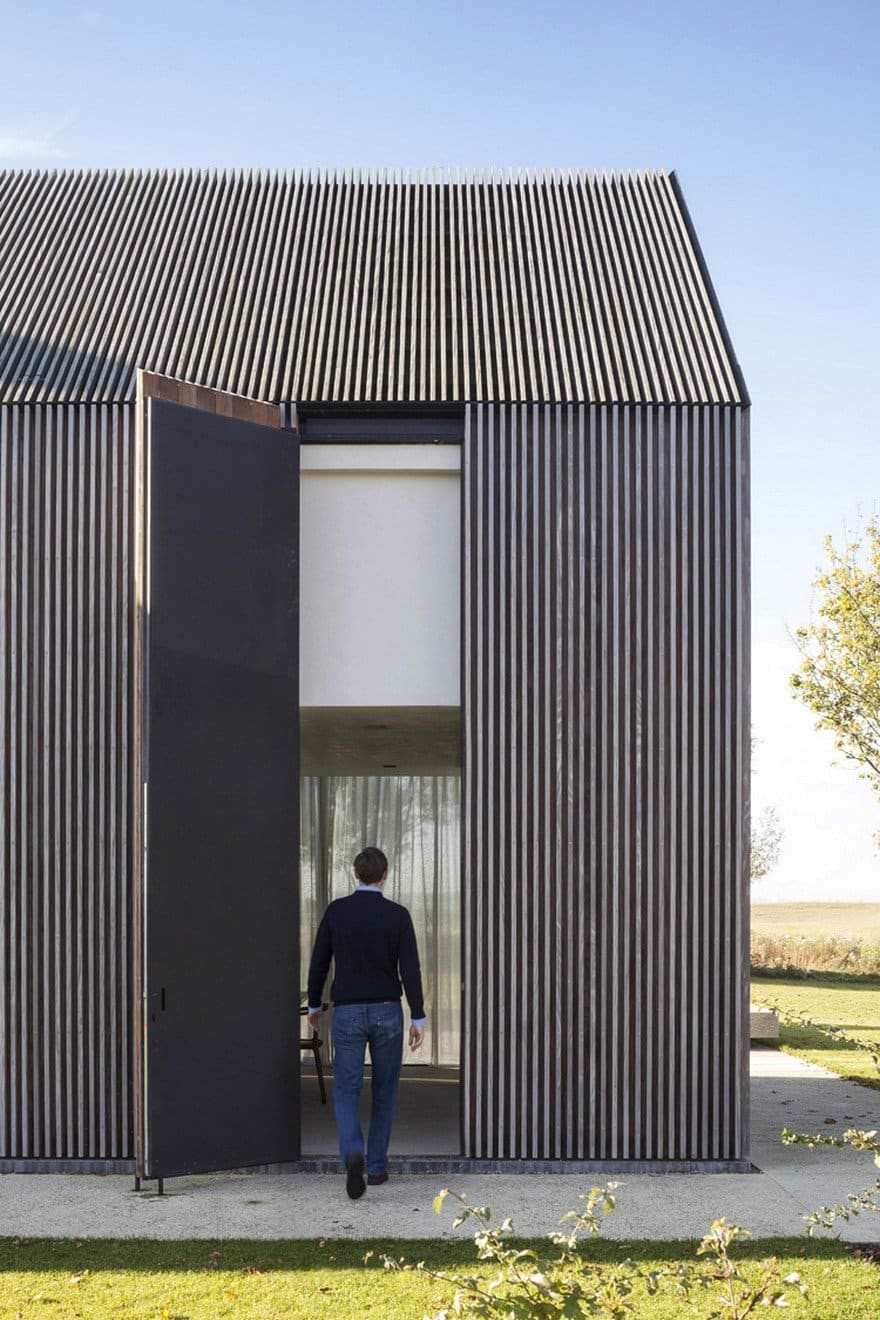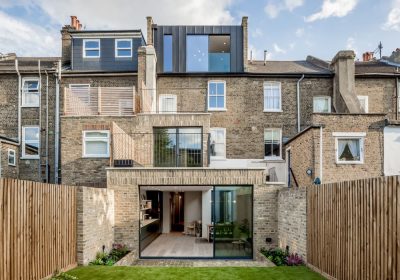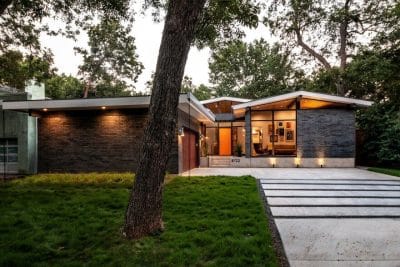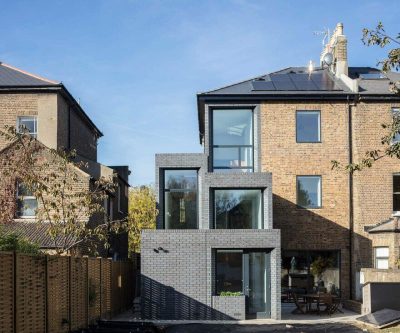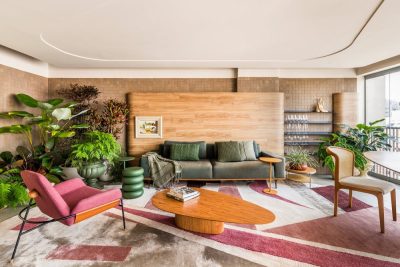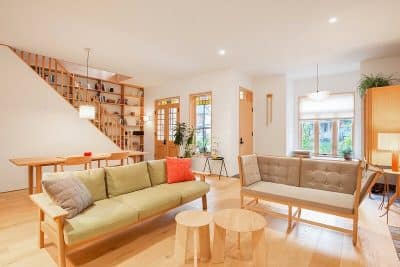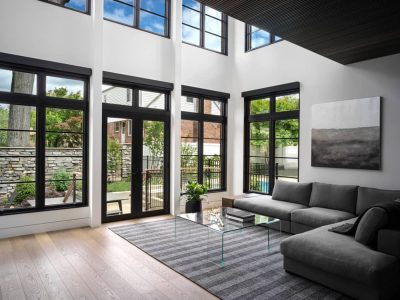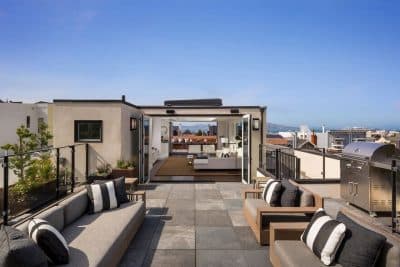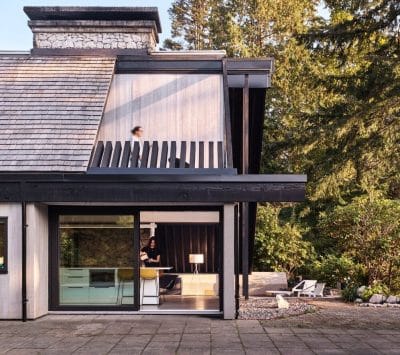Project: Residence DBB
Architects: Govaert & Vanhoutte Architects
Architect in Charge: Benny Govaert, Damiaan Vanhoutte
Location: Knokke-Heist, Belgium
Area: 566.0 m2
Photographs: Tim Van De Velde
Residence DBB is a residential project completed by Belgian studio Govaert & Vanhoutte Architects.
“A place is a space which has a distinct character,” Norberg-Schulz postulates in Genius Loci: Towards a Phenomenology of Architecture. Scanning the natural and built environment in search of hidden visual patterns and translating these elegantly into a contemporary architecture project is the mission he spreads. An empathy which is not unfamiliar to Govaert & Vanhoutte Architects.
Owing to about five sensitive heritage sites on its curriculum, the Bruges situated architecture office already developed such an affinity with the historical architecture and atmosphere of West-Flanders that the approach for fortress Hazegras and its surroundings feels like a second nature.
A listed monument such as fortress Hazegras can carry several heritage values in its DNA. Just as the cords of the DNA-molecule can be considered as the spine holding all genetic data, Govaert & Vanhoutte Architects reads military, social, cultural, natural, infrastructural and technical information from the traces in and around farmhouse Burkeldijk. It concerns more than a sum of relicts from ancient times. Where formerly heritage particularly affected the safeguard of objects, the focus of heritage care today lies on preserving the ‘memory’ that heritage material bears. The broadening towards heritage ‘care’ means valorizing the intrinsic heritage value of our surroundings and creating possibilities to allow new positive developments.
For the transformation of the farmhouse into a residence, Govaert & Vanhoutte accurately cuts away non-valuable traces. Valuable historical constructions are thus brought into equilibrium with the scarcely added volumes. One wing of the U-shaped plan of the reduit of the Leopold fort is extruded to the north with office spaces which continue the building not only in plan, but also in sectional proportions. Out of this respectful continuation results the choice of material. Afrormosia baulks of 7 by 3 cm with an intermediate distance of 4 cm clearly and yet discretely pursue the rhythm of the gun-ports still visible in the reduit walls. Likewise, the tenor of the previous conversion from reduit to farmhouse is maintained. The meticulously chosen incisions of the façade openings explicitely amplify the scar between the red and the yellow brickwork. Simultaneously, the elegant sections of the metal window lining and the triple glazing stitch up the brick and wooden volumes.
Not only the materials of the outer skin but also the enfilade of spaces of the new volume reflect the local architecture of long farmhouses. Following the same theme, the rough scrubbed concrete and the softly rounded plastering is in subtle contrast with the exposed, restored timber roof frames and the newly added, but equally wooden interior volumes. Just as a fortress introverts itself for protection, the reading and working spaces are equally oriented towards the inner yard. The border between inside and outside fades because of the perpetuation of the washed concrete flooring reminiscent of cannon bases. As antithesis of a bastion the living spaces open up to the polders outside the former bulwark.
A new, subterranean passageway connects the transformed farmhouse with the enlarged barn. In this expansion a similar signature is recognisable. The sectional proportions are maintained, the choice of materials is the same, but both buildings with guest rooms are slightly shifted and slid apart. Here a glass weld around a part of the indoor swimming pool and the guest kitchen sews the volumes in brick and wood. Just like the shutters of the old barn, the sliding facades of the expansion offer the opportunity to seal off the guest complex entirely.
Not only the functional transformation of farmhouse and barn, but also the liberation, restoration and redevelopment of the relicts on site breathe an atmosphere of respect and distinct military poetry. In particular the artificial lighting around the four nearly identical concrete and brick WWI-bunkers southeast of the barn, lift the monoliths beyond banality.
By providing considerate attention to the buildings and their extremely charged surrounding, Govaert & Vanhoutte not only succeeds in reviving the character of the site in the farmhouse. The architects position this restauration and renovation with so much dignity and poetry in the polders that the project attains the original meaning of ‘Genius Loci’: the deity of the place.

